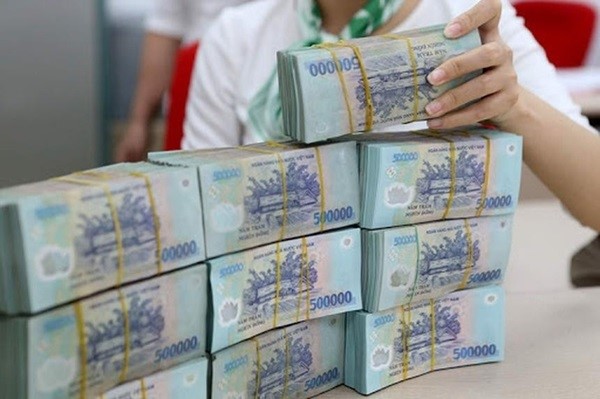According to financial statements from 28 banks that have so far reported Q1 financial statements, their total bad debt reached more than VNĐ224.14 trillion to the end of March 2024, up more than 14 per cent against the end of 2023.

Bad debt has returned to become a headache for the banking industry this year as it increased again in Q1 2024 after declining in Q4 2023 for the first time in eight consecutive quarters.
According to financial statements from 28 banks that have so far reported Q1 financial statements, their total bad debt reached more than VNĐ224.14 trillion to the end of March 2024, up more than 14 per cent against the end of 2023.
Among the banks, MB had the highest bad debt increase of 56 per cent, equivalent to nearly VNĐ5.49 trillion. BIDV followed with a rise of 20.7 per cent, equivalent to more than VNĐ4.63 trillion, baodautu.vn reported.
Only two banks VPBank and SHB saw loan improvement, with bad debt ratios declining by nearly 1 per cent and 0.1 per cent, respectively.
In an analysis report released recently, the Saigon Securities Incorporation (SSI) forecast the bad debt ratio may increase again in the first half of 2024, as credit growth slows and macro-economic factors show no clear signs of improvement.
SSI’s analysts expect the bad debt ratio at the end of 2024 will increase slightly compared to 2023 as it is expected that banks will promote bad debt write-off and the economy will recover stronger at the end of the year.
While bad debt has continued to increase, banks' loan loss ratio (LLR) has tended to decline. After recovering slightly in the last quarter of last year, the LLR of banks in the first quarter of 2024 decreased by more than 7 per cent to 87 per cent, the lowest level since the end of the third quarter of 2023. Leading banks such as Vietcombank, BIDV, VietinBank and MB were in the group of banks which reported the biggest declines in LLR.
Specifically the financial reporting showed by the end of the first quarter of 2024, only five banks had a LLR of more than 100 per cent. Meanwhile, by the end of 2023, up to ten banks reported a LLR of more than 100 per cent, of which four banks had a LLR exceeding 200 per cent.
SSI’s analysts expect it may take the banking system around two to three years to make the necessary bad debt provisions and write off the bad debts. Banks with better asset quality such as ACB, Vietcombank, VietinBank and BIDV will recover sooner and vice versa.
The State Bank of Việt Nam has recently proposed extending Circular 02/2022/TT-NHNN, which allows commercial banks to reschedule the debt repayment period and maintain the debt group for certain sectors, to the end of the year, rather than finishing it in June, in order to reduce debt pressure on companies.
As credit growth remains slow and macro factors show no signs of clear improvement, it is estimated if Circular 02 expired in June 2024, the pressure to repay debts would be huge and those debts could become bad debts.
However, experts also believe that while the support policy is necessary, it should not be over extended as the market must be allowed to operate in accordance with commercial laws and principles to avoid affecting the quality of the banks' assets. — VNS
- Tags
- Bad debt





